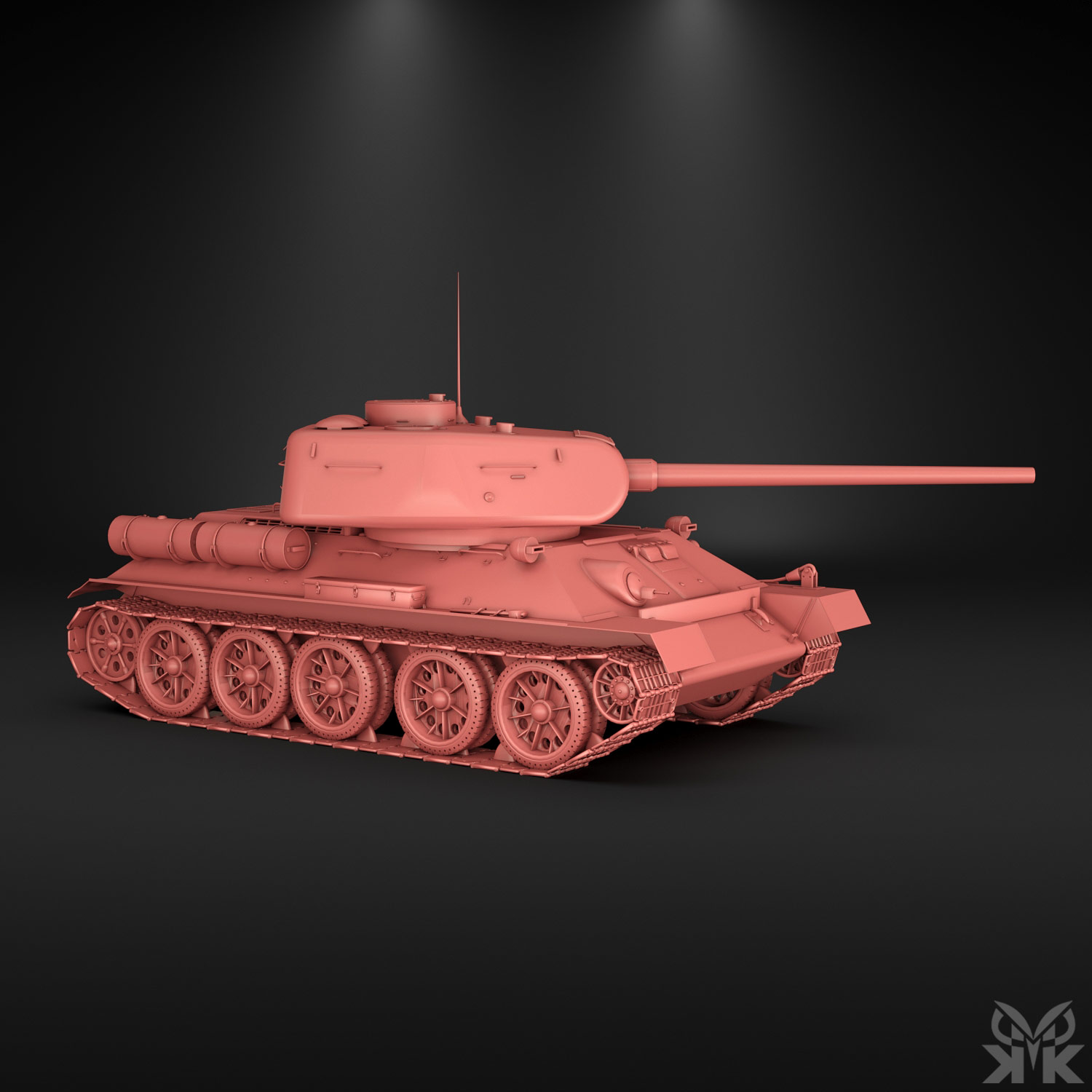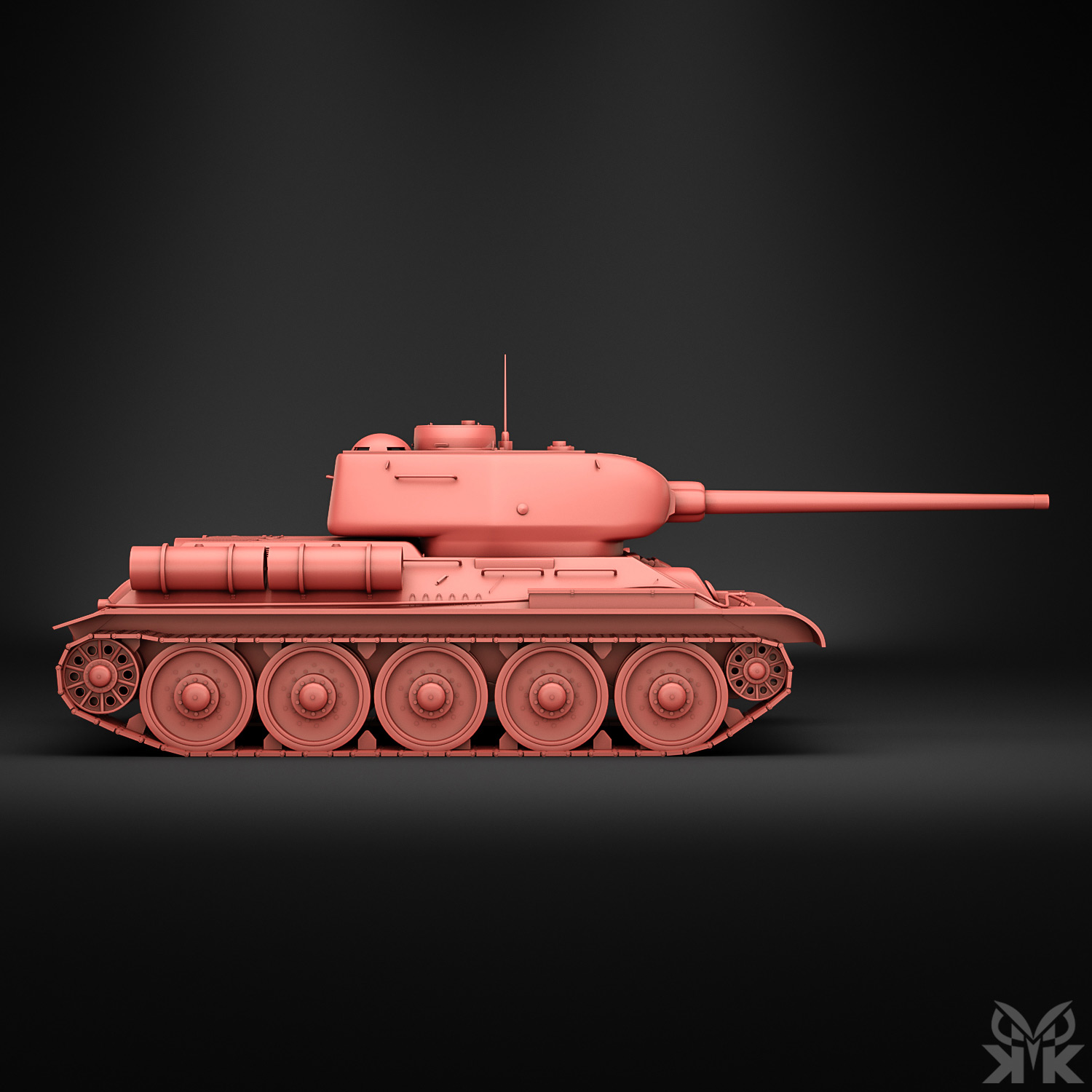T-34 Soviet Medium Tank
T-34: The Legendary Workhorse of World War II
Step back in time to the epic battles of World War II, where the T-34 tank emerged as a symbol of Soviet resilience and engineering brilliance. With its groundbreaking design, the T-34 redefined armored warfare, becoming a legendary workhorse that played a pivotal role on the Eastern Front and beyond.
At first glance, the T-34 presents a distinctive and utilitarian profile. Its sloped armor, a revolutionary concept at the time, offered enhanced protection by deflecting enemy projectiles. This design innovation significantly increased the tank’s survivability on the battlefield, allowing it to withstand enemy fire with remarkable resilience.
Armed with a fearsome 76mm main gun, the T-34 packed a powerful punch. Its versatility in engaging both enemy armor and infantry made it a formidable adversary. The tank’s simplicity and ease of production contributed to its widespread deployment, ensuring that it became a mainstay of the Soviet armored forces.
What truly set the T-34 apart was its remarkable mobility. Fitted with a robust engine and wide tracks, the tank could traverse varied terrains with relative ease. This mobility, combined with its effective armor and firepower, gave the T-34 a decisive edge in maneuver warfare, allowing Soviet commanders to outmaneuver their German counterparts.
The T-34’s impact extended far beyond its role on the battlefield. Its production numbers and reliability made it a symbol of Soviet industrial might and the resilience of the Red Army. As it rolled through the Eastern European landscapes, the T-34 became a beacon of hope and a testament to the determination of the Soviet people.
Decades after its introduction, the T-34 remains a revered icon in the history of armored warfare. Its legacy endures as a symbol of innovation, adaptability, and the triumph of simplicity and functionality on the battlefield. The T-34, a true titan of tank design, forever etched in the annals of military history.



No Comments